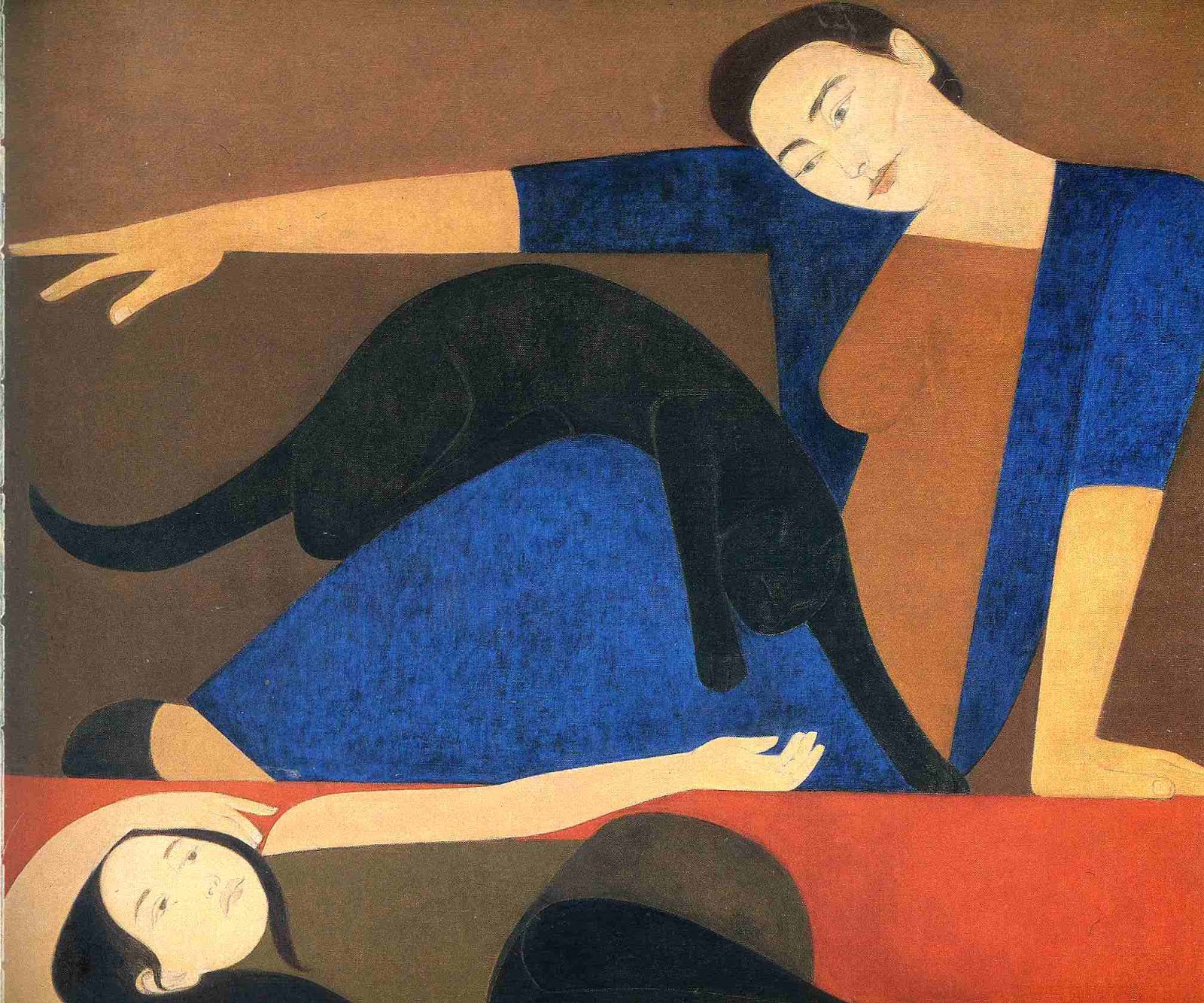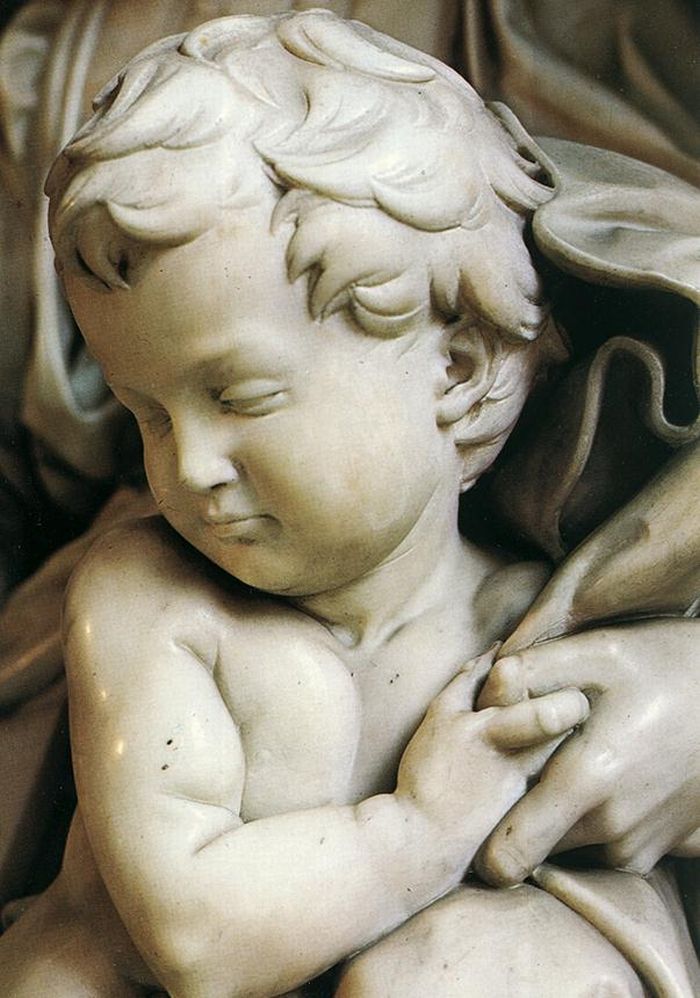Carrier-Belleuse is the name used by this sculptor -born Carrier de Belleuse- on his mature pieces, after initially signing works "A. Carrier". His career began firmly in the applied arts, with his apprenticeship at thirteen to a Parisian ciseleur today known as Bauchery (or Beauchery), and he did subsequent work for Jacques-Henri Fauconnier and Fannière Frères. His formal education took place at the Petite Ecole - chosen after an unhappy stint at the Ecole des Beaux-Arts in 1840 under the direction of David d'Angers, his official master.
While at the Petite Ecole in the 1840s, Carrier-Belleuse began his lifelong practice of providing commercial houses with models for edition, as statuettes or as ornament for functional pieces. Around 1850, the sculptor moved to England as a designer for Minton China Works, at Stoke-upon-Trent, as well as for Wedgewood, Coalbrookdale Ironworks, and Graham Jackson furniture makers.
Even after returning to Paris in 1855, he continued to send models to British firms throughout his life.
He began to garner acclaim as a fine-arts sculptor after ten years of showing in the Salon, beginning with two portrait medallions in 1850 and a flurry of busts and groups with mythological or historical subjects between 1857-1861, the latter of which earned him a third-class medal.








.jpg)
.jpg)